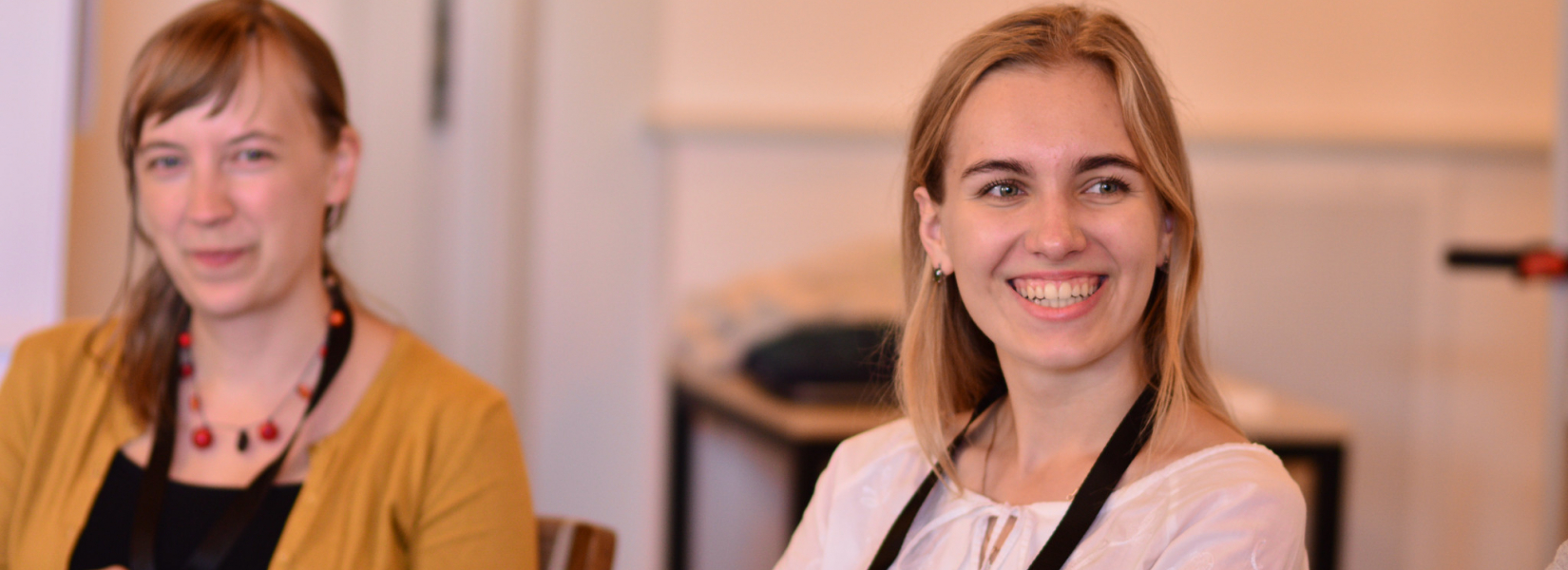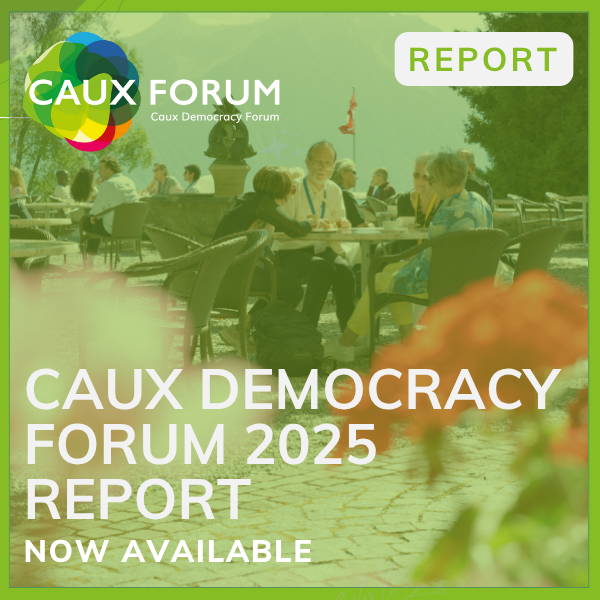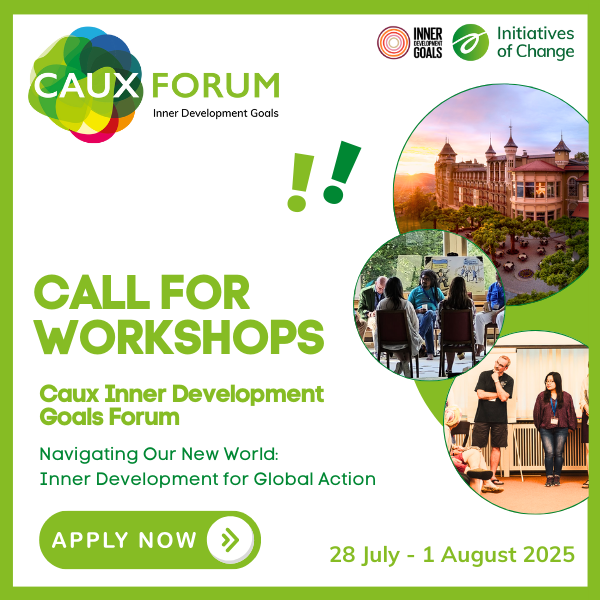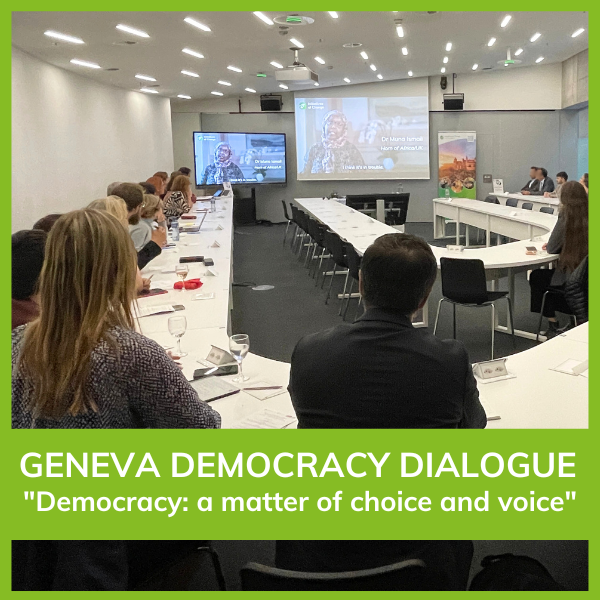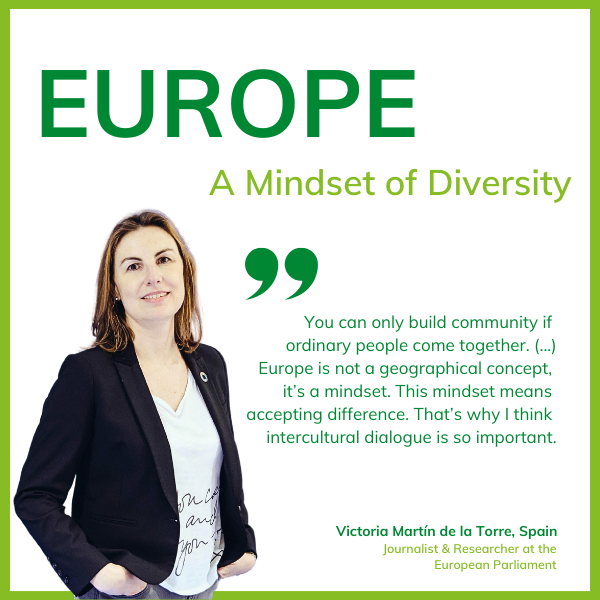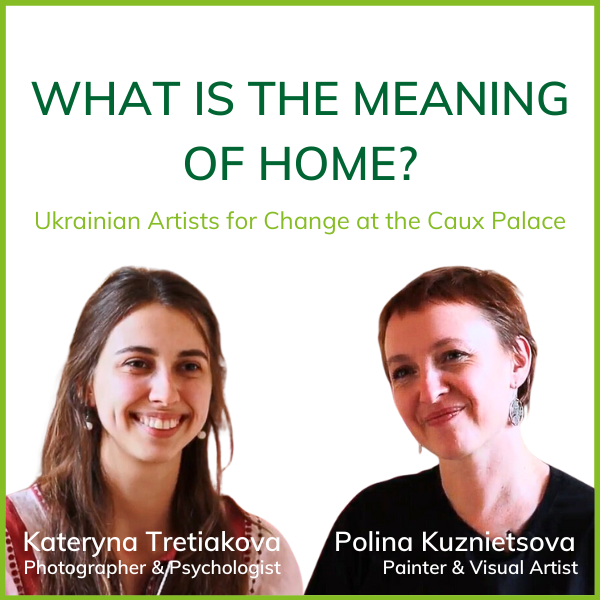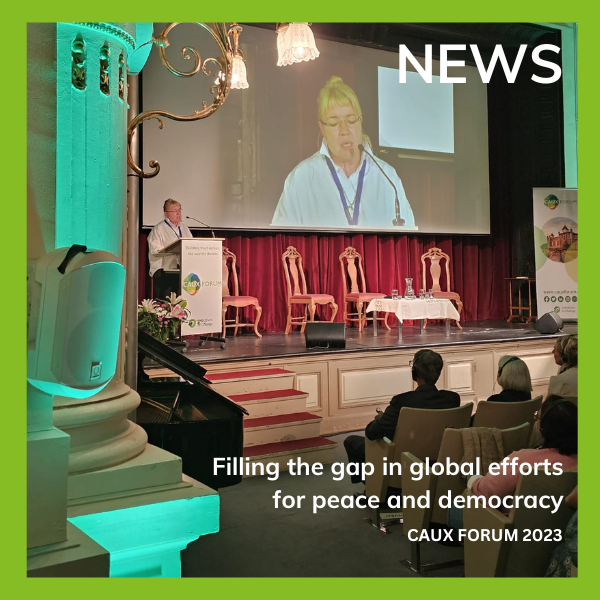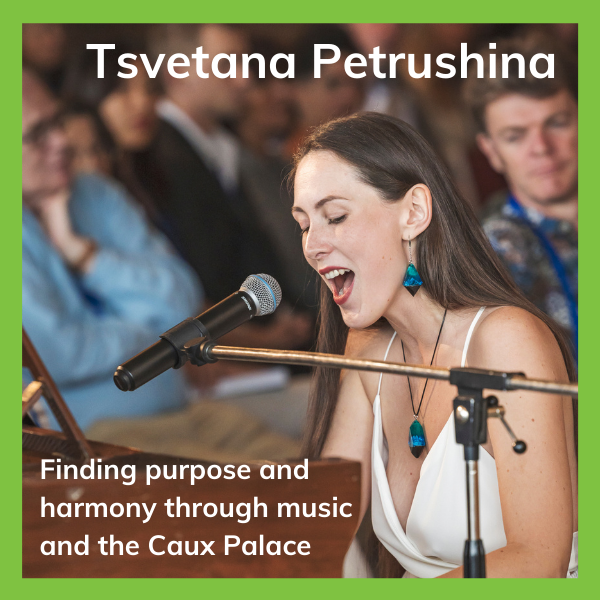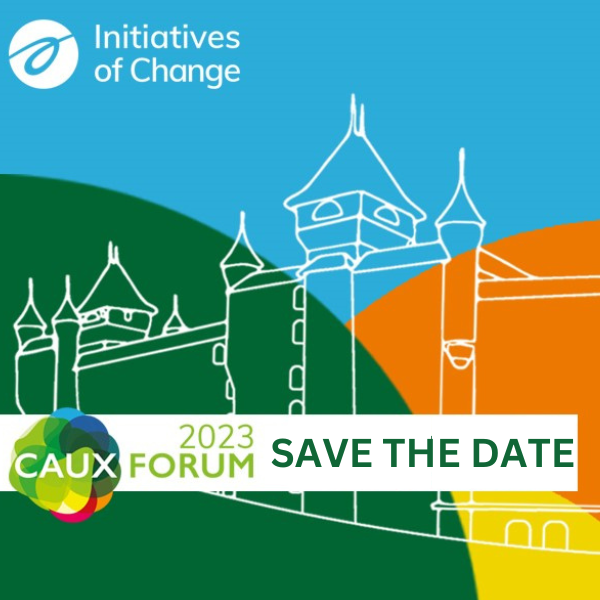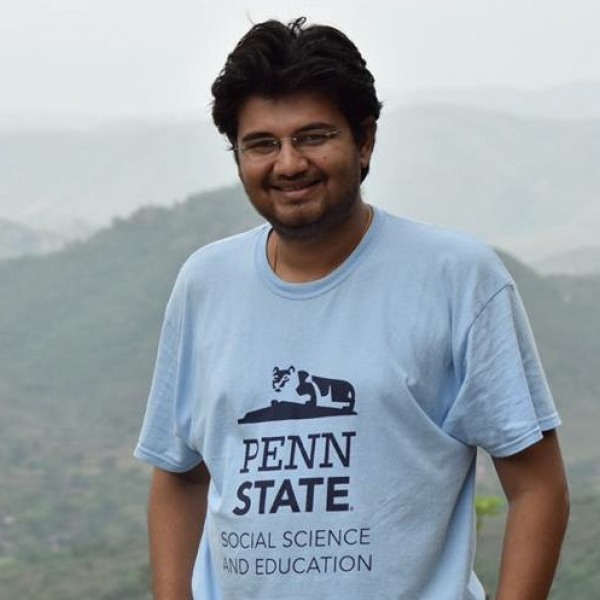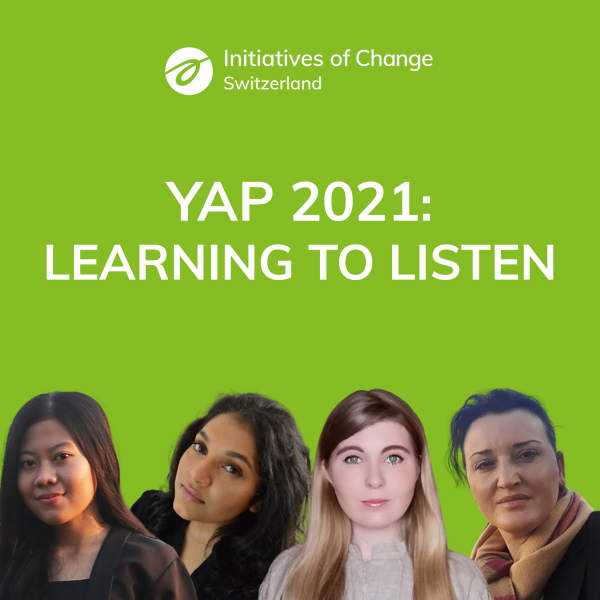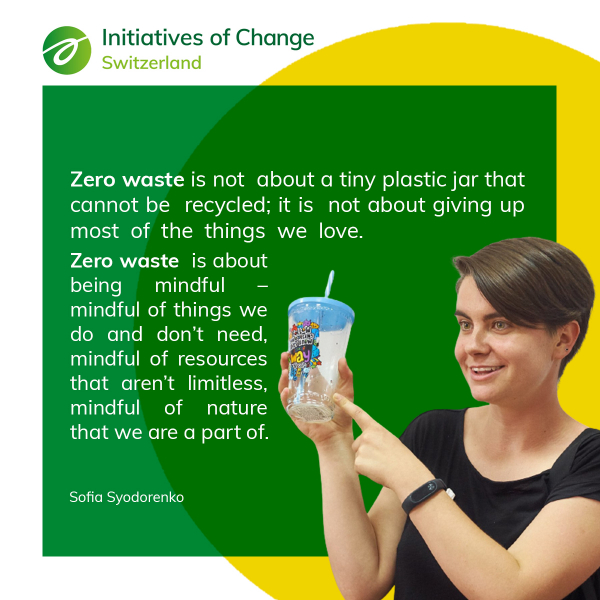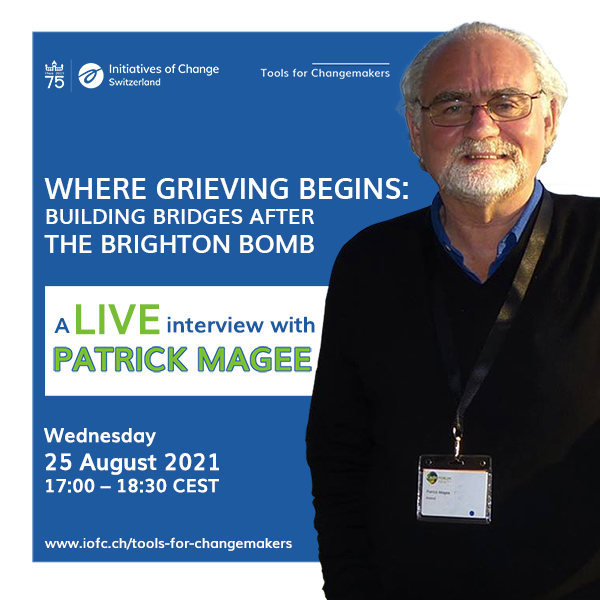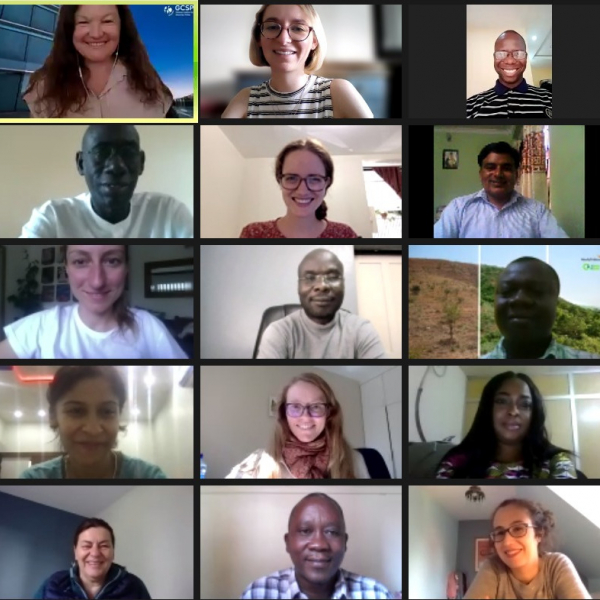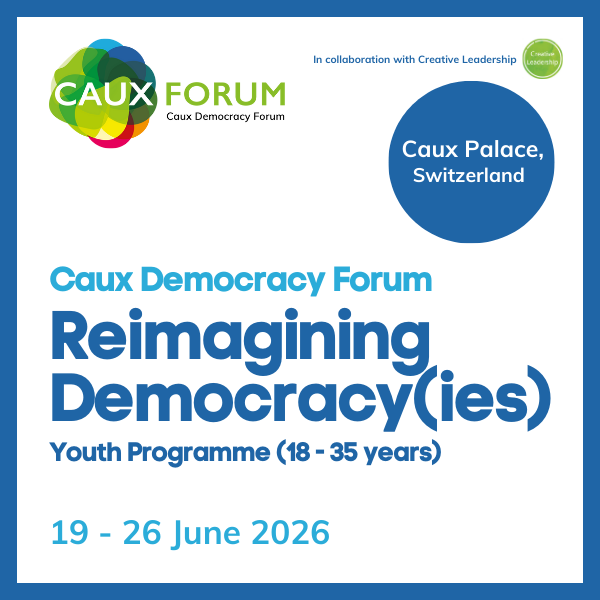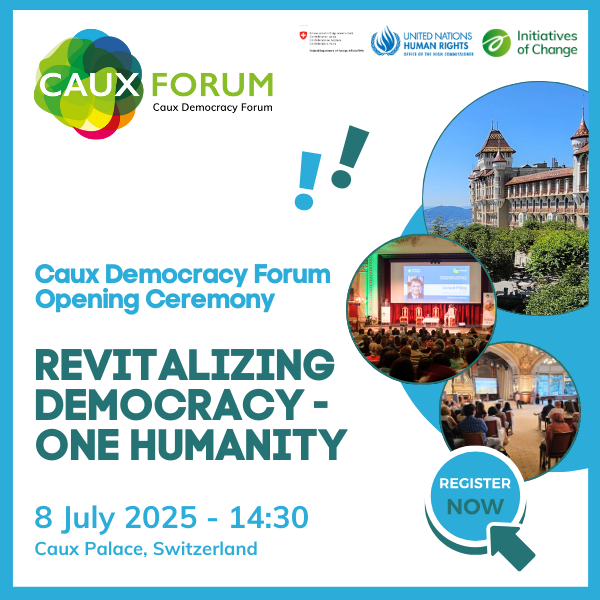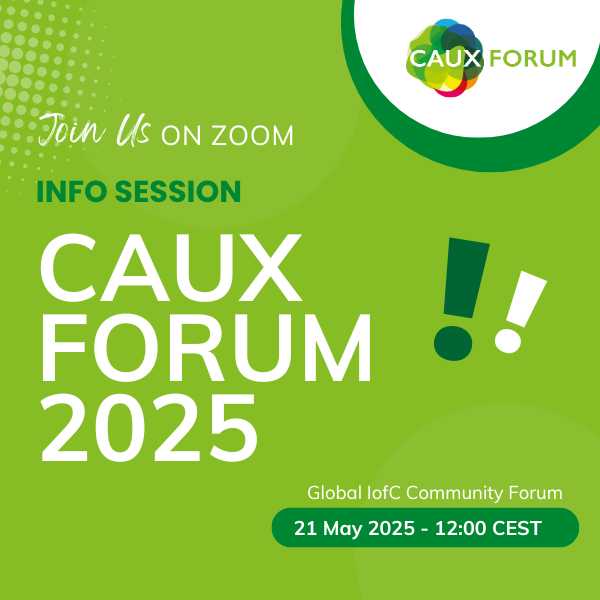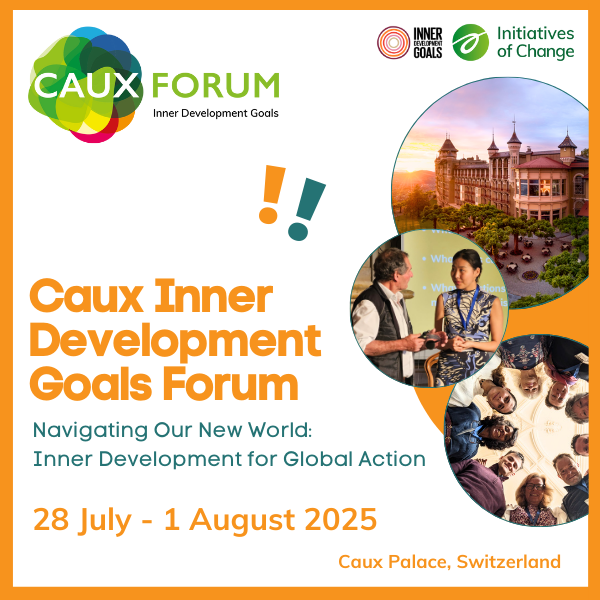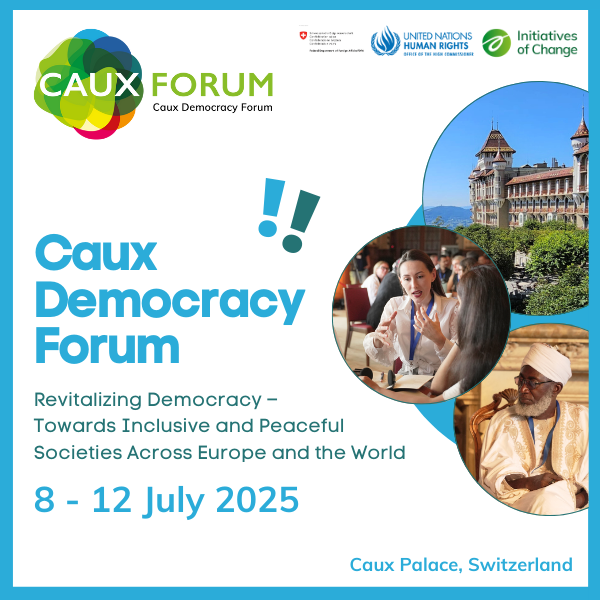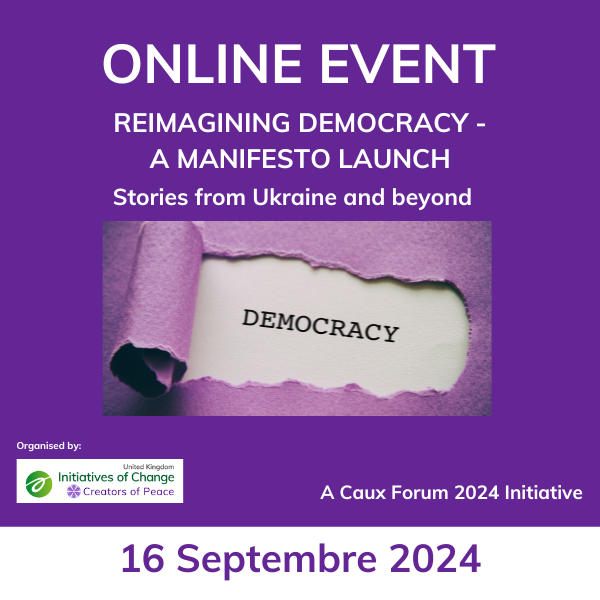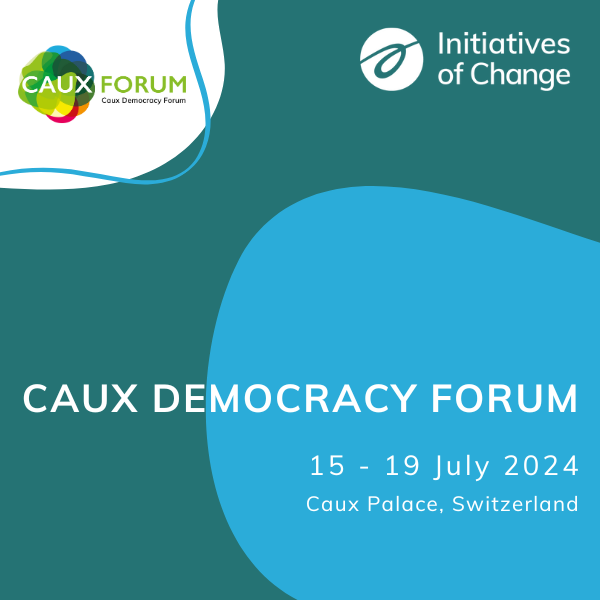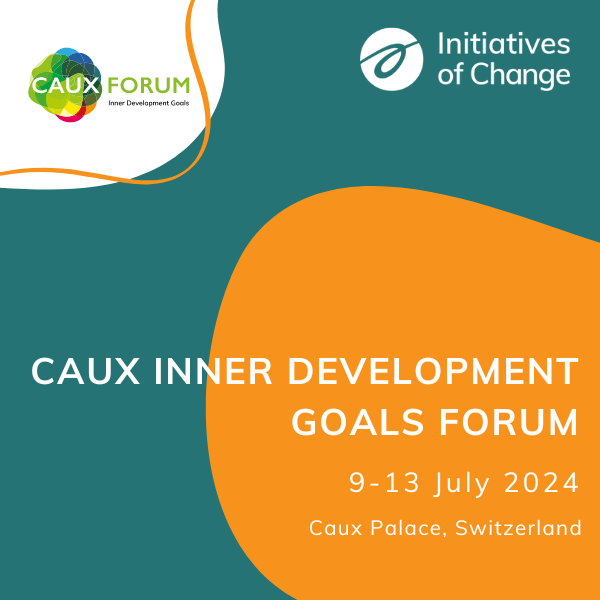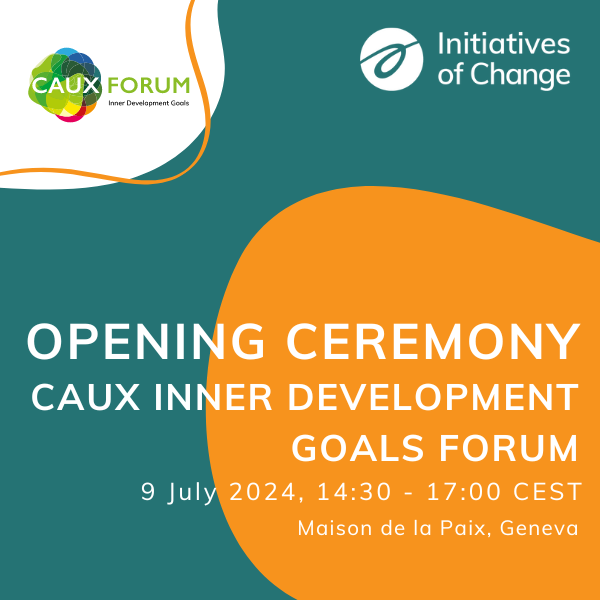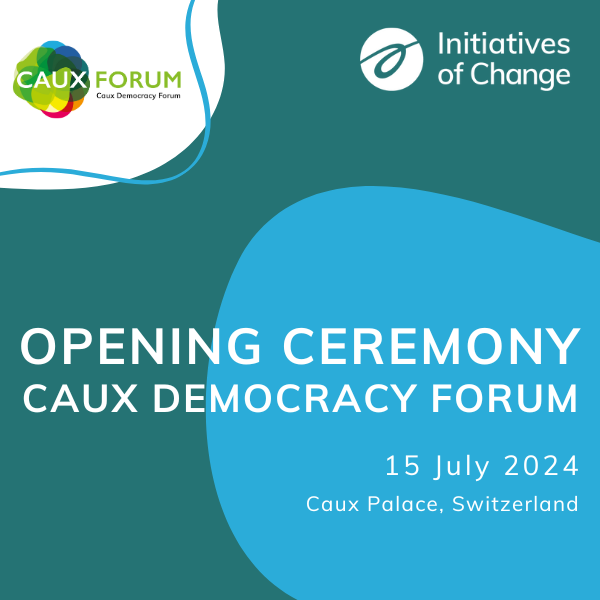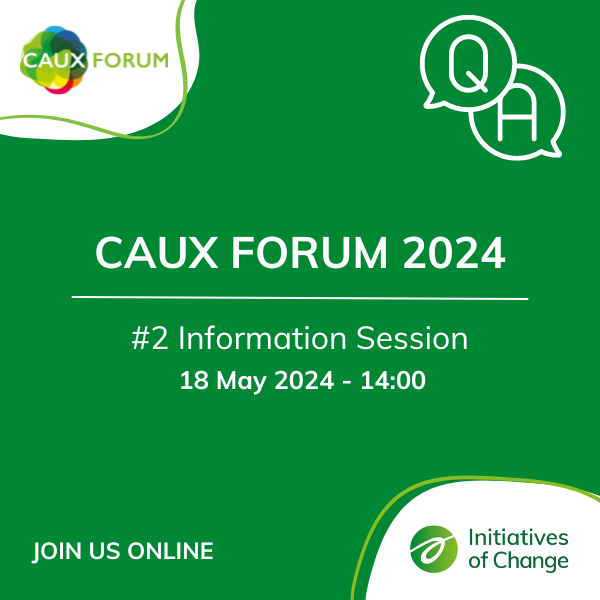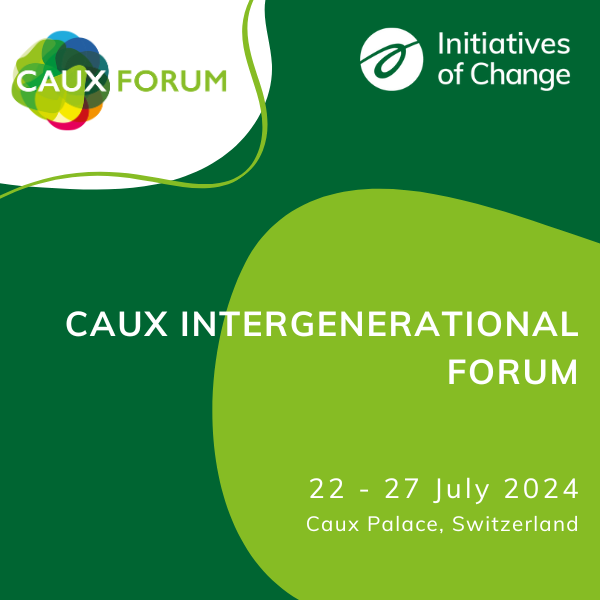Self-understanding at the heart of Non-Violence Communication workshop
Addressing Europe’s Unfinished Business 2018
27/07/2018
‘We help people to find understanding, when they want to find understanding but don’t succeed.’ With this simple explanation, co-facilitator Angela Starovoitova captures the core objective of Non-Violent Communication (NVC) as a dialogue approach, at the opening of a four-day training track during Addressing Europe’s Unfinished Business. She immediately manages expectations: ‘Sometimes it works, sometimes it doesn’t.’ Co-facilitator Olena Kashkarova adds: ‘It is about hearing the real message behind words.’
During the track, participants from Georgia, Crimea, Ukraine, United Kingdom, Switzerland, Belarus and Russia mastered the basics of the NVC model. The track focused on experiential learning, combining individual exercises and group practice. The track was one of the nine training tracks offered during the conference, through which participants could deepen their knowledge of different practical tools for social change and cohesion.
‘The exercises are practical tools for me that I can use directly in my work as a dialogue facilitator,´ says Misha Aslikian from Georgia after the four days with Angela Starovoitova and Olena Kashkarova. ´In post-Soviet countries the gap between the government and citizens is big. This method of Non-Violent Communication gives me a structure to facilitate conversation.’
One of the key elements of NVC is the concept of needs. We all have needs we wish to see fulfilled, say the need for appreciation or intimacy. To fulfil the need, we use a certain strategy. In the case of intimacy, the strategy might be to look for a partner. In the case of appreciation, the strategy might be the work we do. The danger is that we mistake the strategy for the need. So, in the examples above, finding a partner, or doing a certain job, becomes the primary objective.
‘If the need and the strategy melt together, the potential for conflict is very big,’ says Olena Kashkarova. On the other hand, if we learn to distinguish between them, and learn to discover the needs that underlie certain feelings and conflicts, it opens up a whole world of options. ‘If you know your need, there might be a hundred ways to fulfil this need. So you can fulfil it even if this one strategy fails. It is about exploring freedom and creativity.’
Participant Yana Sieraia from Ukraine experienced how this understanding can help resolve conflicts. ‘With this method I learned to understand my feelings and needs, before I say something to the other person. I have already applied it in a family situation. My son and mother had a fight. I spoke with both of them on the phone and rephrased their words in terms of feelings and needs. Later they phoned me that there was no problem any more. It is a small situation, but I want to apply it first in my family life. If you understand yourself better, it is also easier to communicate with others.’
